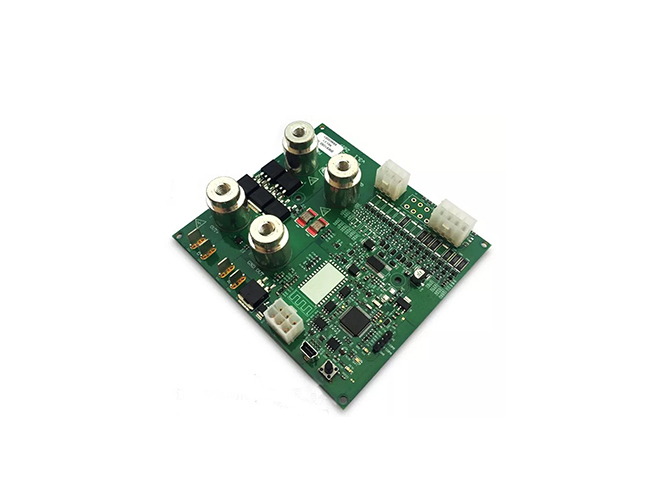-
CN
-
Service Hotline
+8618129931046 Mr. Liao


Time:2025-06-06 Views:1

Signal return design is a fundamental and critical aspect of double - sided printed circuit boards (PCBs), which directly affects the signal integrity, electromagnetic compatibility (EMC), and overall performance of the electronic circuits.
In a double - sided PCB, when a signal travels along a trace on one side of the board, it needs a return path to complete the electrical circuit. The return path is typically provided by a reference plane, usually a ground plane or a power plane. A well - designed signal return path ensures that the returning signal follows the path of least impedance, minimizing signal reflections, crosstalk, and electromagnetic radiation.
One of the key principles in signal return design is to keep the signal and its return path as close as possible. This can be achieved by routing the signal traces on one side of the PCB and having the corresponding return path on the adjacent plane on the other side. For example, if a high - speed digital signal is routed on the top layer of the double - sided PCB, the ground plane on the bottom layer should be used as the return path, and the two should be in close proximity. This close - coupling helps to reduce the loop area formed by the signal and its return path, which in turn minimizes the electromagnetic field generated and the potential for interference with other signals on the board.
Via placement is also crucial in signal return design for double - sided PCBs. Vias are used to connect traces on different layers, and when a signal changes layers, the via can introduce impedance discontinuities if not properly designed. To ensure a smooth signal return, vias should be placed close to the signal trace transition points, and multiple vias can be used in parallel to reduce the via inductance. Additionally, the reference plane should be continuous around the vias, and any breaks or splits in the plane should be minimized to avoid disrupting the return path.
In the case of differential signals, which are commonly used in high - speed digital circuits, the signal return design becomes even more important. Differential pairs consist of two closely - spaced signal traces that carry complementary signals. The return path for differential signals should be symmetric and balanced to maintain the differential mode operation and reject common - mode noise. Double - sided PCBs require careful planning of the reference planes and trace routing to ensure that differential signals have consistent and low - impedance return paths, enabling reliable high - speed data transmission. Overall, a well - thought - out signal return design is essential for double - sided PCBs to achieve good signal integrity and EMC performance in modern electronic systems.